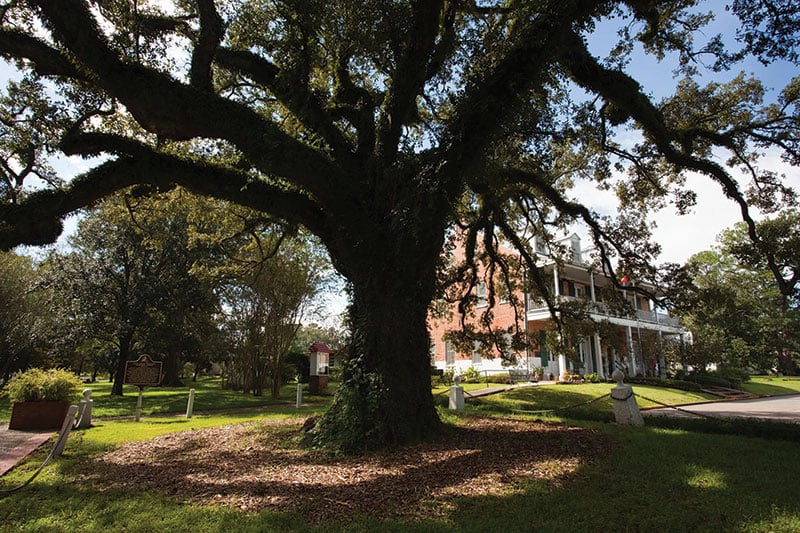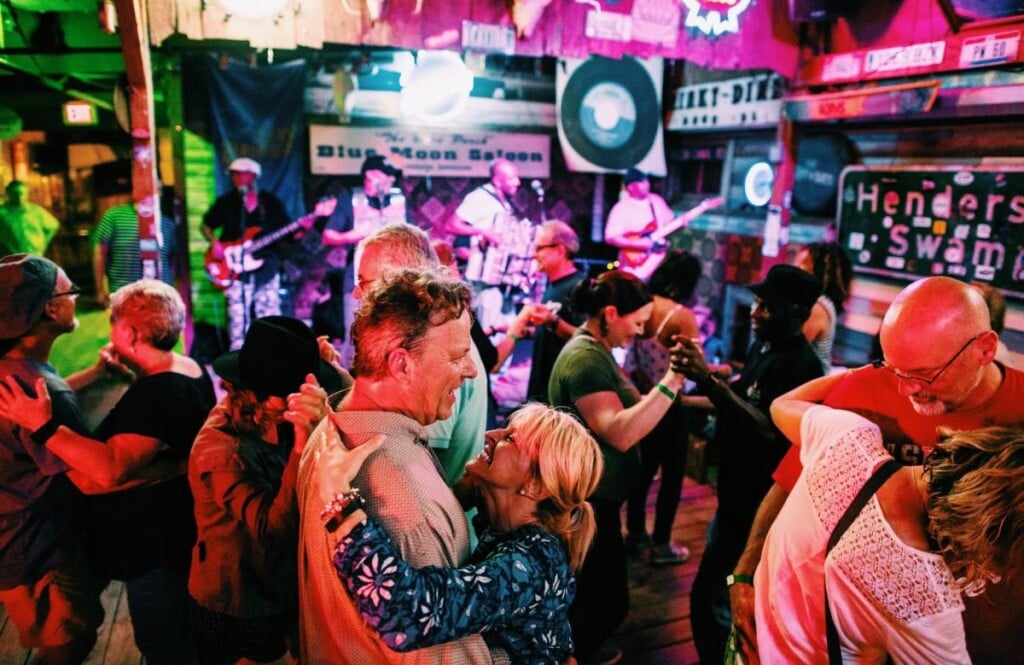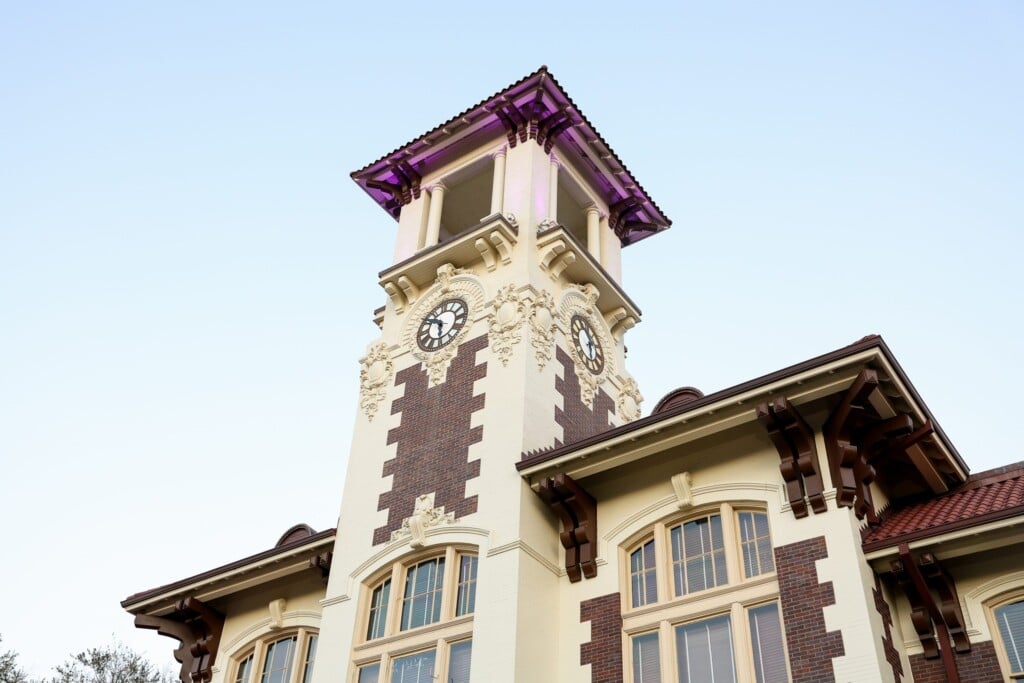Around Acadiana: Museums and Historic Sites

Congrès Mondial Acadian, an international Acadian (Cajun) celebration, happens every four years. August is the month for Congrès, coinciding with National Acadian Day on Aug. 15. If you can’t go to Nova Scotia this year, visit St. Martinville for all things Acadian.
1 | Literature
The Evangeline Oak and Evangeline Monument
For many years, the deportation of the Acadians from the Canadian Maritime Provinces went untold. In 1847, Henry Wadsworth Longfellow published his epic poem “Evangeline” and the world became aware. In the poem, displaced Acadian Evangeline waits patiently for her loved one by a Louisiana live oak tree. In the heart of downtown St. Martinville, along Bayou Teche, lies the massive Evangeline Oak, one of the town’s most visited spots. Nearby, next to the St. Martin de Tours Church, is a statue dedicated to the fictional Evangeline.

2 | Nature
Longfellow-Evangeline State Historic Site
The Louisiana state park rests on the former hunting grounds of the Atakapas tribe, then settling Acadians, French Creoles and enslaved Africans. Pierre Olivier Duclozel de Vezin used it to grow indigo and built Maison Olivier, an example of a raised Creole cottage, which visitors may tour today. The park also includes a reproduction of an Acadian farmstead dating to about 1800 with an outdoor kitchen, slave quarters and a barn. The park routinely offers special events throughout the year.
3 | History
St. Martinville Cultural Heritage Center
The St. Martinville Cultural Heritage Center houses the African American Museum and the Museum of the Acadian Memorial, both of which tell the stories of the people who came to Southwest Louisiana during the 18th and 19th centuries. Look for the struggles and contributions of enslaved and free people of color, “The Arrival of the Acadians in Louisiana” mural by Robert Dafford, the wall of Acadian names for those doing genealogy research and the Deportation Cross, a replica of the one found in Grand Pré, Nova Scotia.


